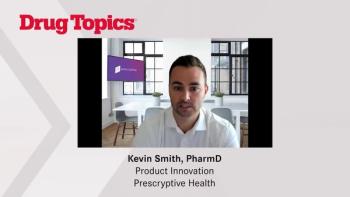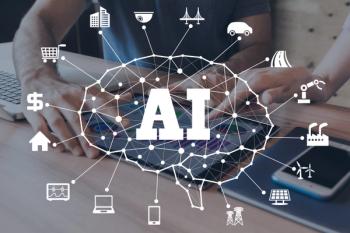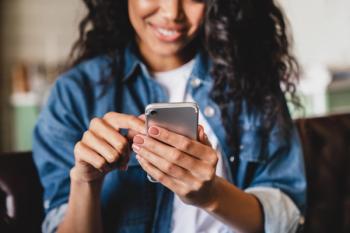
This service helps you counsel foreign patients
Many people talk to their television, but how often does the television talk back? Now for patients and pharmacists at two Columbus, Ohio, Walgreens pharmacies, the television is talking back, helping provide essential interpretation services when prescriptions are filled.
Many people talk to their television, but how often does the television talk back? Now for patients and pharmacists at two Columbus, Ohio, Walgreens pharmacies, the television is talking back, helping provide essential interpretation services when prescriptions are filled.
Language barriers clearly do provide a significant challenge for pharmacies. A recent study of the use of Spanish prescription labels published in the February 2006 issue of the Journal of Health Care for the Poor and Underserved suggested that providing language-appropriate Rx labels could eliminate some of the medical errors responsible for 98,000 deaths each year in the United States. Still, according to the study's authors of the 138 pharmacies surveyed that used computer translations, only one had a Spanish-speaking employee who could check the accuracy of the computer and correct errors.
Like telephone-based translation services, video interpretations are charged for only when they are used. According to Guirlinger, LAN charges about $2/minute for its translations-a range that is designed to be competitive with other interpretation services.
The technology has already been introduced in other healthcare settings. Last year, the Ohio State University Medical Center successfully implemented the Personal Assisted Languages (PAL) video interpretation units. Hospital employees can wheel in a portable video monitor for patients to use at the bedside, in the waiting room, or anywhere else so that patients can both see and hear the translator.
In the Columbus pharmacies, the PAL system has been hardwired to the counter with a 17-in. screen on an arm that can face either the patient or the pharmacist. The audio and video signal transmits over a private high-speed connection directly to the LAN call center, ensuring a safe and secure video experience. Since the video is transmitted at 30 frames/second, the experience is like watching TV.
One of the true challenges with offering translation services is ensuring that the translation can be delivered in a timely manner and with access to the appropriate languages. According to Guirlinger, LAN offers its own staff of interpreters for languages commonly used in the area (Spanish, Somali, and Russian, among others) and contracts with another company for access to hundreds of other languages. It can take as little as 30 seconds to begin the interpretations for LAN's own translators and approximately two minutes for the outsourced translators.
Because the service is transmitted over a high-speed Internet connection (a T-1 line is required), it is always on and is available around the clock 365 days a year. Pharmacists simply use the specially designed TV remote to start the system and can speak directly to a representative at LAN to get the translation started.
For many pharmacies, especially those in neighborhoods with high concentrations of non-English-speaking patients, providing translation services can be extremely beneficial. First and foremost, translators can help pharmacies ensure that the patient understands the directions on the medication, the potential side effects, and other potential problems. Significantly, the service can also help draw new patients into the store for both medication as well as other purchases. Pharmacies may also be able to use the TV monitors when not in use for promotions or offering educational content.
Newsletter
Pharmacy practice is always changing. Stay ahead of the curve with the Drug Topics newsletter and get the latest drug information, industry trends, and patient care tips.



































































































































